Investor Outreach Playbook 2025: How to Find Investors Without Warm Intros
Learn how to find investors in 2025 with a proven system. Define your investor profile, build a qualified list, run concise outreach, and track engagement inside FE Capital.

Investor Outreach Playbook 2025: How to Find Investors Without Warm Intros
Most founders do not fail to raise because there is no capital. They fail because their process is vague. In 2025, capital is available but concentrated, which means precision beats volume. Global venture funding reached about 94.6B dollars in Q2 2025, the third straight quarter above 90B, while the number of deals fell to the lowest level since 2016. That environment rewards targeted outreach backed by clear traction, not mass emailing.
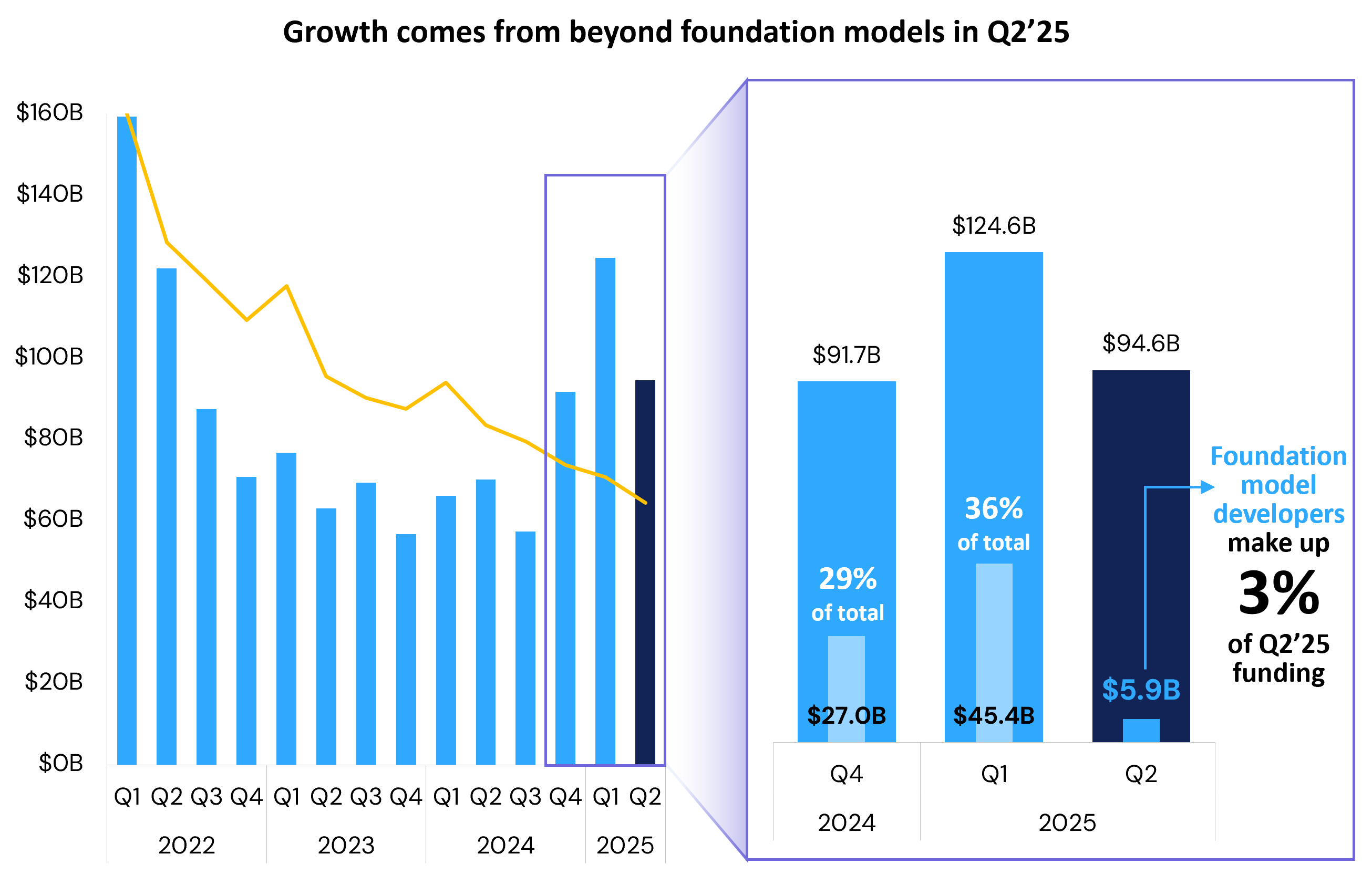
Where FE Capital fits
FE Capital gives you a single workspace for investor matching, outreach sequencing, engagement tracking, enrichment, and an investor-focused CRM. Instead of juggling spreadsheets and sales tools, you run the raise from one live deal timeline with opens, clicks, replies, meetings, and next actions.
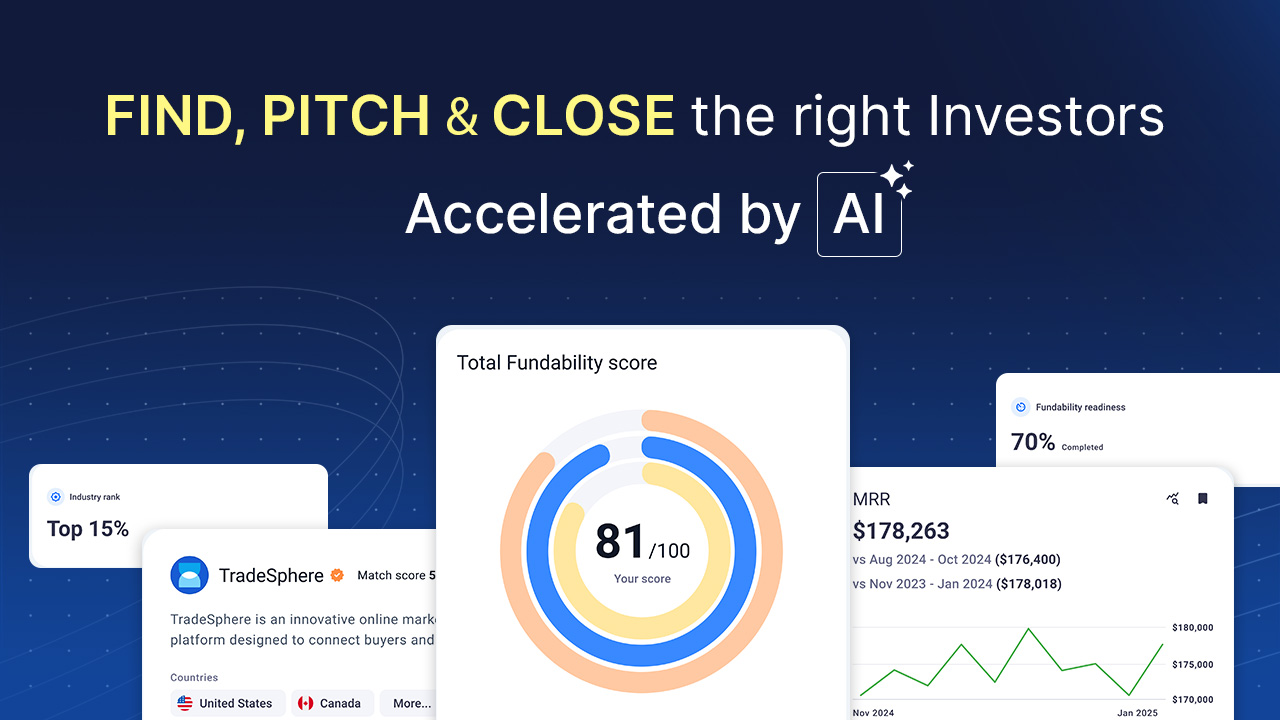
The 2025 backdrop: dollars are high, filters are tighter
Two realities set the tone. First, dollars remain elevated. Second, selectivity is high. The latest US venture monitor shows a market defined by concentrated investment power, slower graduation from seed to Series A, and median pre-money valuations rising year over year in several stages in Q2 2025 even as activity stayed muted. The signal is to lead with fit and proof, not volume.
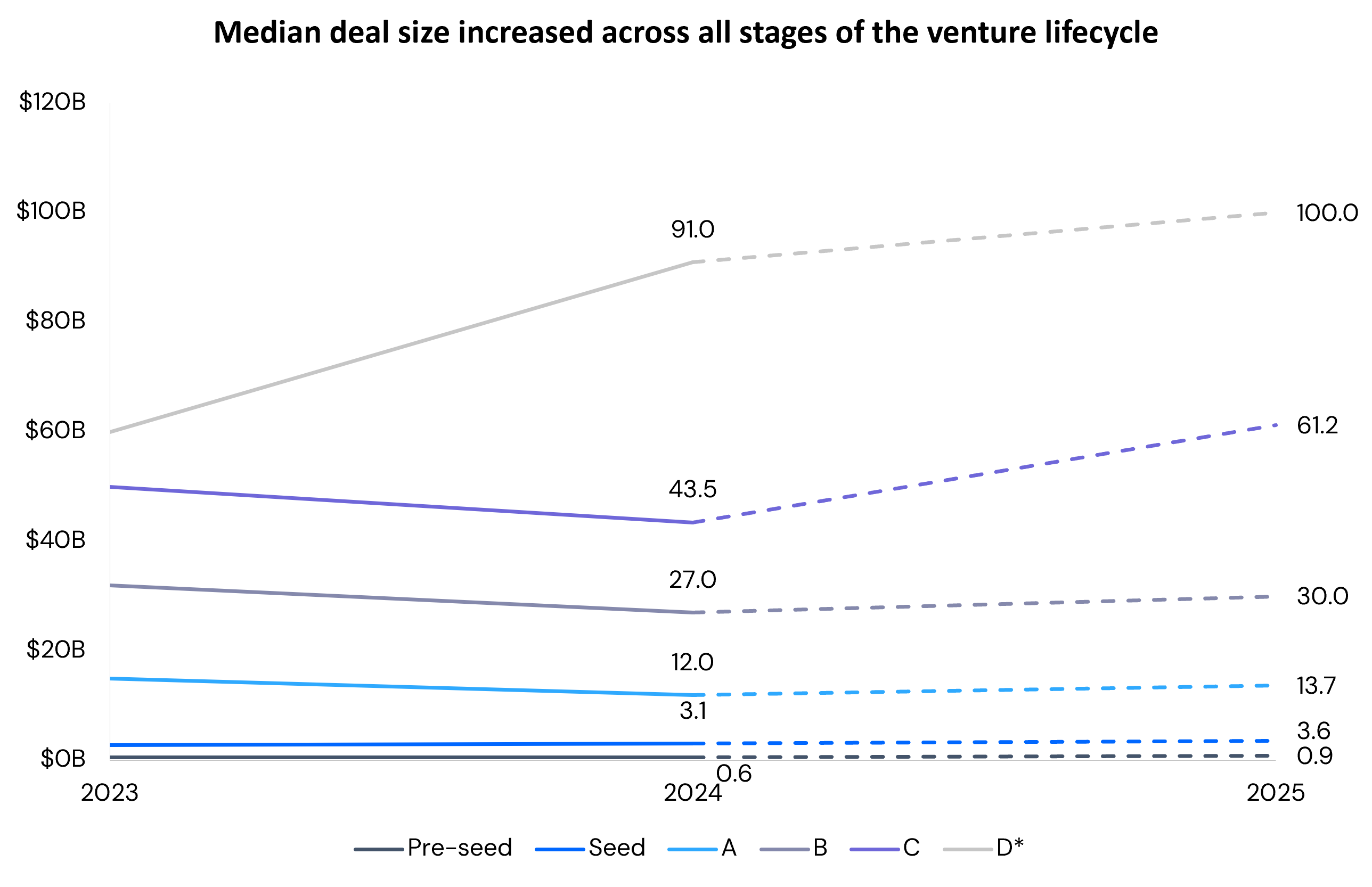
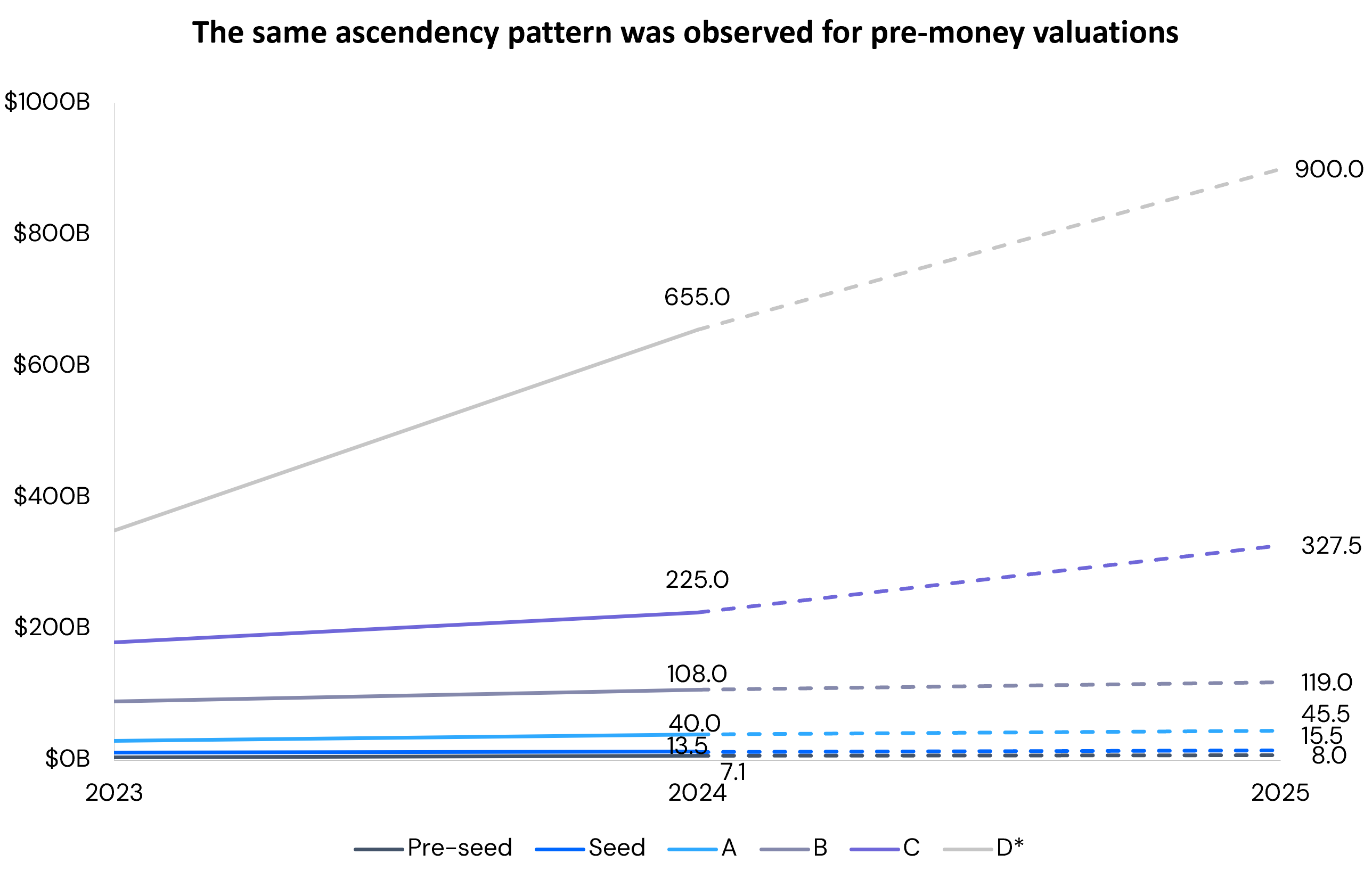
Step 1. Write the investor profile that keeps you honest
Before you contact anyone, write a one-page investor profile. Specify the stage and typical check size that fit your round, sectors where your company clearly belongs, relevant geographies, ownership targets a fund needs to hit, and the kind of help that would move your metrics. Treat this as a filter, not a manifesto.
Pressure-test the profile against live activity. Start with three to five close comparables that raised in the last year and note who led or followed those rounds. Calibrate the story against current market context, where dollars are high but deal counts are down and early-stage medians are rising. If the profile makes your outreach list shorter, you are doing it right.
Do it inside FE Capital
Create your company profile in FE Capital. Investor matching suggests aligned funds and angels by stage, sector, and recent activity, with reason-for-fit tags so you can defend every name on your list. Adjust the profile as you learn and the suggestions update automatically.
.png)
Step 2. Build a qualified list without losing a week
A strong list is not long. It is accurate. Target fifty to one hundred contacts that clearly match your profile.
Start by backsolving from recent, similar rounds. Layer in investors who have published portfolio announcements or theses about your category in the last few quarters. Then add names from public records. Offerings that rely on Regulation D require a Form D notice after the first sale. The SEC’s EDGAR full-text search lets you look up Form D filings by company, individual, or keyword and see patterns in check sizes and geographies. The SEC’s filing guidance explains what is required and what appears in the notice. These official tools surface active participants you might otherwise miss. SEC EDGAR search and SEC guidance on filing a Form D notice.
If you also need non-VC capital context for stakeholder questions, official pages outline government-backed programs and debt options.
Do it inside FE Capital
Upload any list you already have and let enrichment fill in firm size, sector tags, recent deals, and social links. Or start from zero with matching and drag the best fits into your pipeline. Because your list, outreach, and tracking live in the same place, research turns into an operating plan right away.
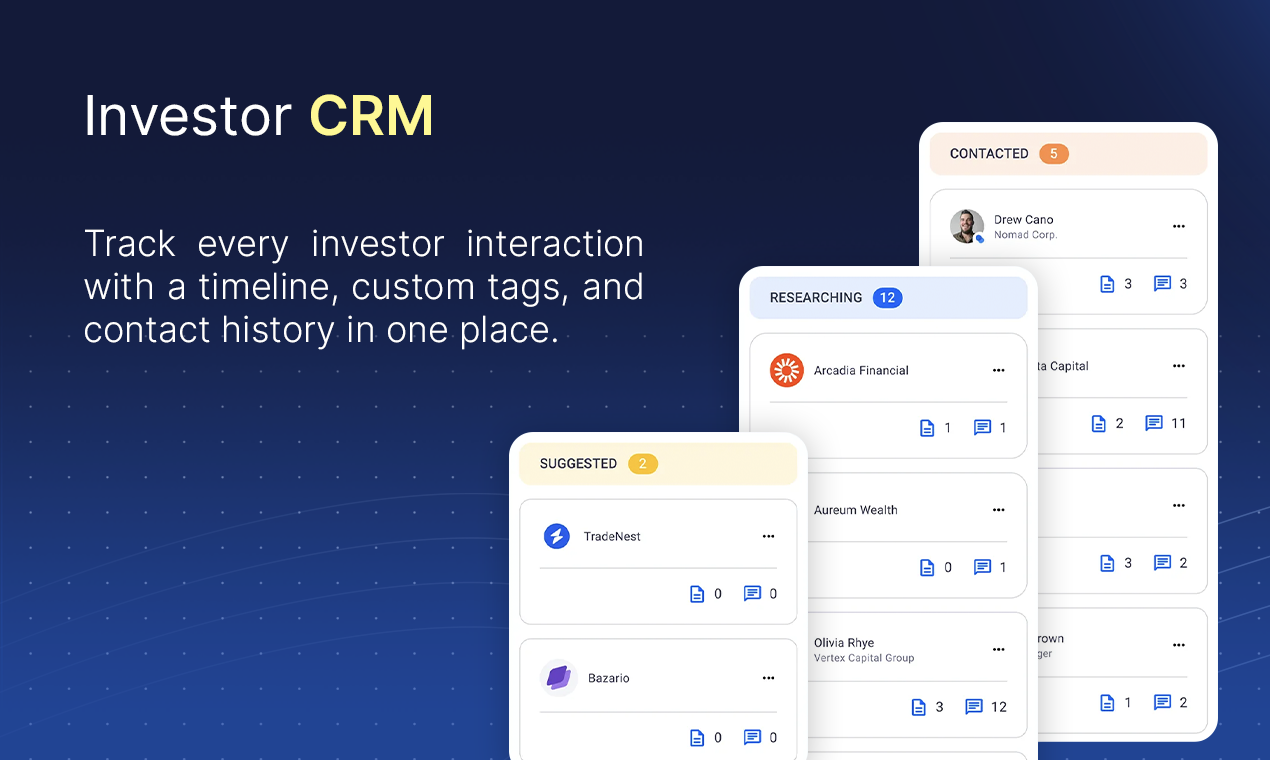
Step 3. Write the email that earns a yes to a first meeting
The first note has one job. It earns a fifteen-minute conversation. Keep it close to one hundred words.
Line 1: one-line wedge and proof.
Line 2: why this reader is a fit.
Line 3: clear ask for a short intro next week, with a link to an eight to ten slide deck and a ninety-second product walkthrough.
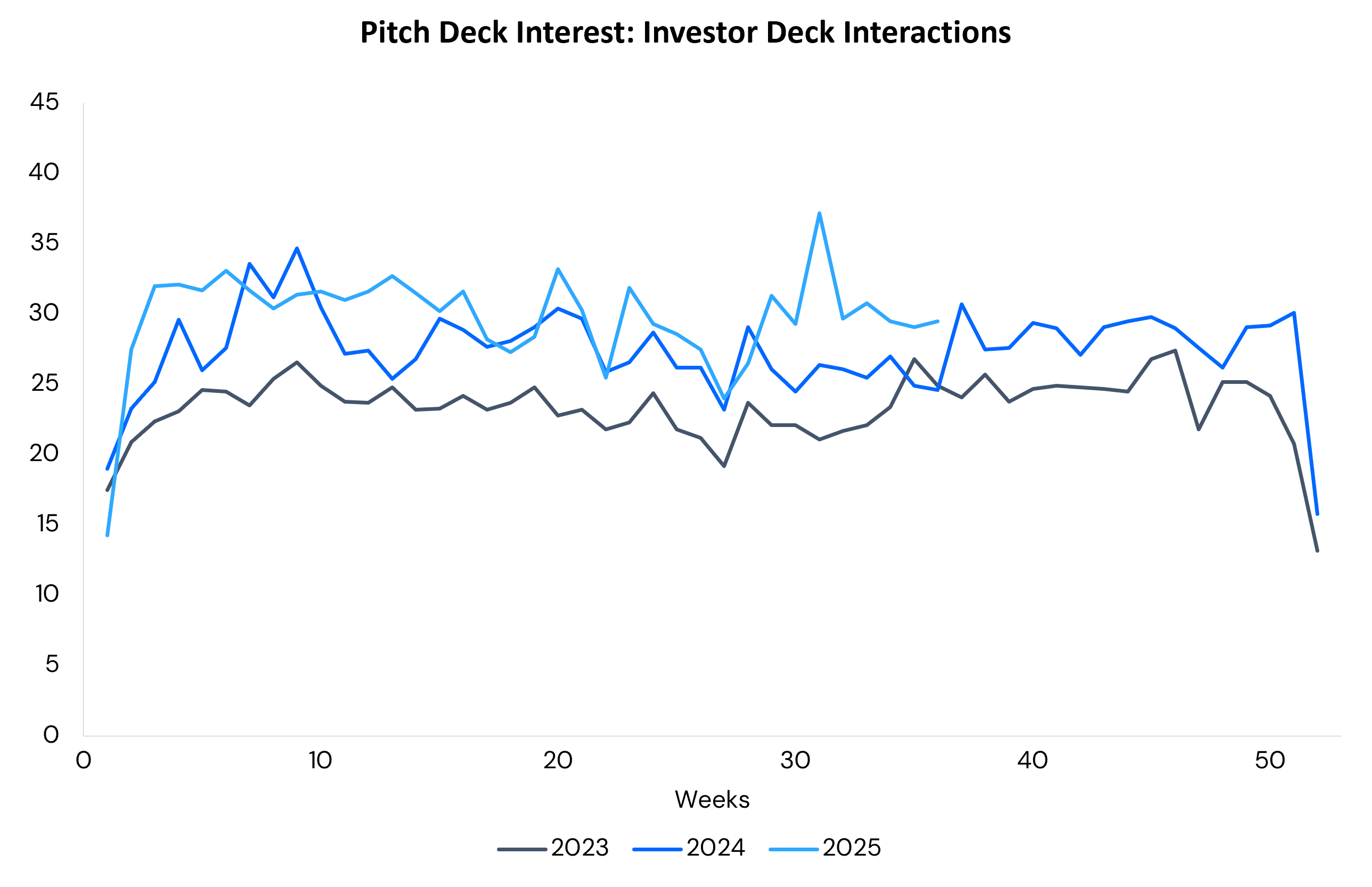
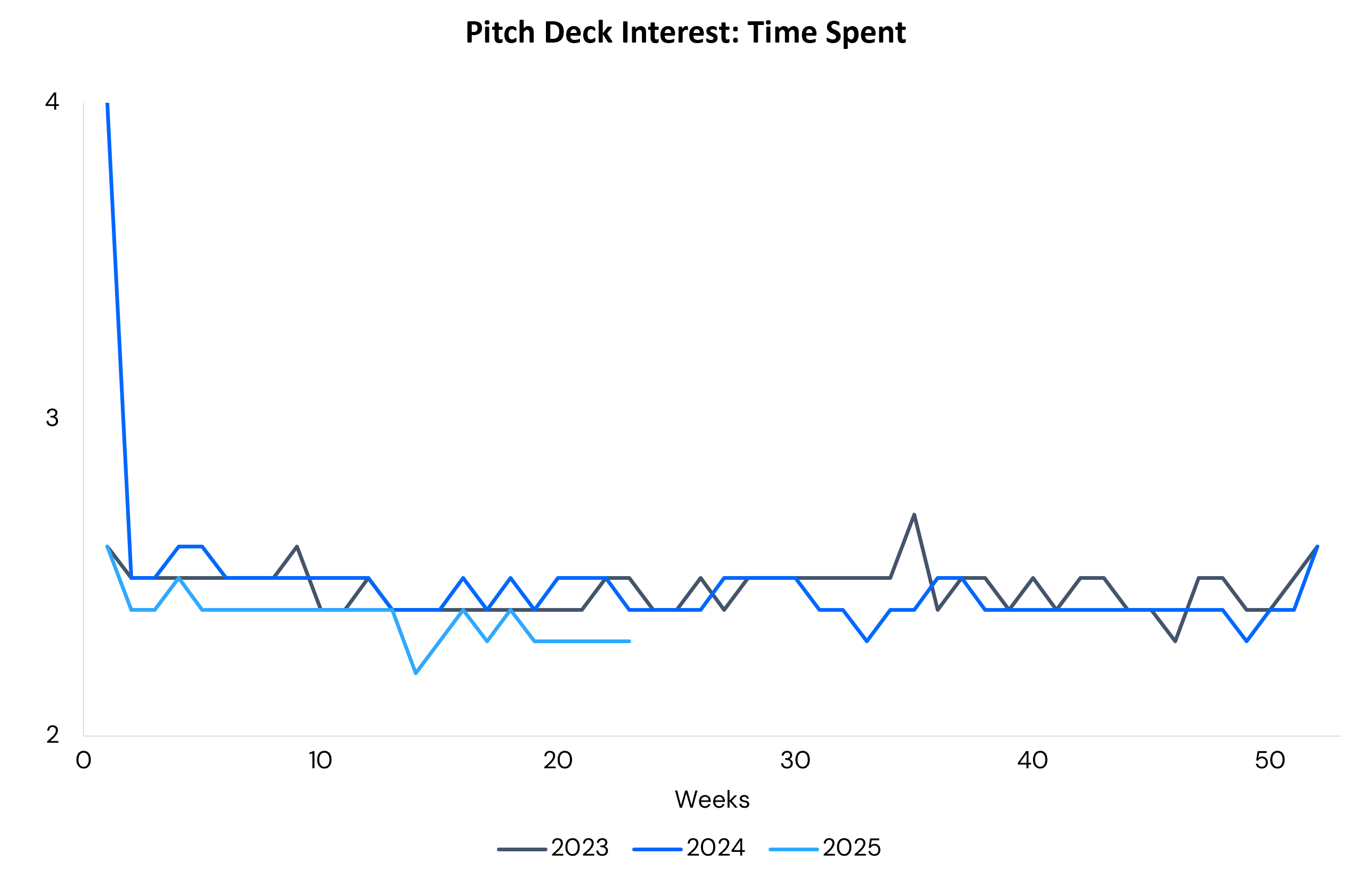
Short and specific works because attention is scarce. Pitch-deck engagement research shows investors decide quickly and spend only a few minutes on early pages, which means your first slide should carry proof, not a product tour. See the pitch-deck interest metrics methodology for definitions like time spent per deck and founder links created.
Set a simple follow-up rhythm across twelve business days. Most yeses arrive after at least one bump. Each message adds one new reason to talk, such as a metric, a logo, or a short demo, and respects the reader’s time.
Do it inside FE Capital
Write once, personalize with tokens, schedule bumps, and watch opens, clicks, and replies appear on a live deal timeline. That real-time view helps you prioritize the right investors today instead of guessing.
.png)
Step 4. Show enough proof to win the calendar slot
You do not need a heavy data room to secure time. You need a one-liner that makes sense, a concise deck, a twelve-month plan, and clean financial basics.
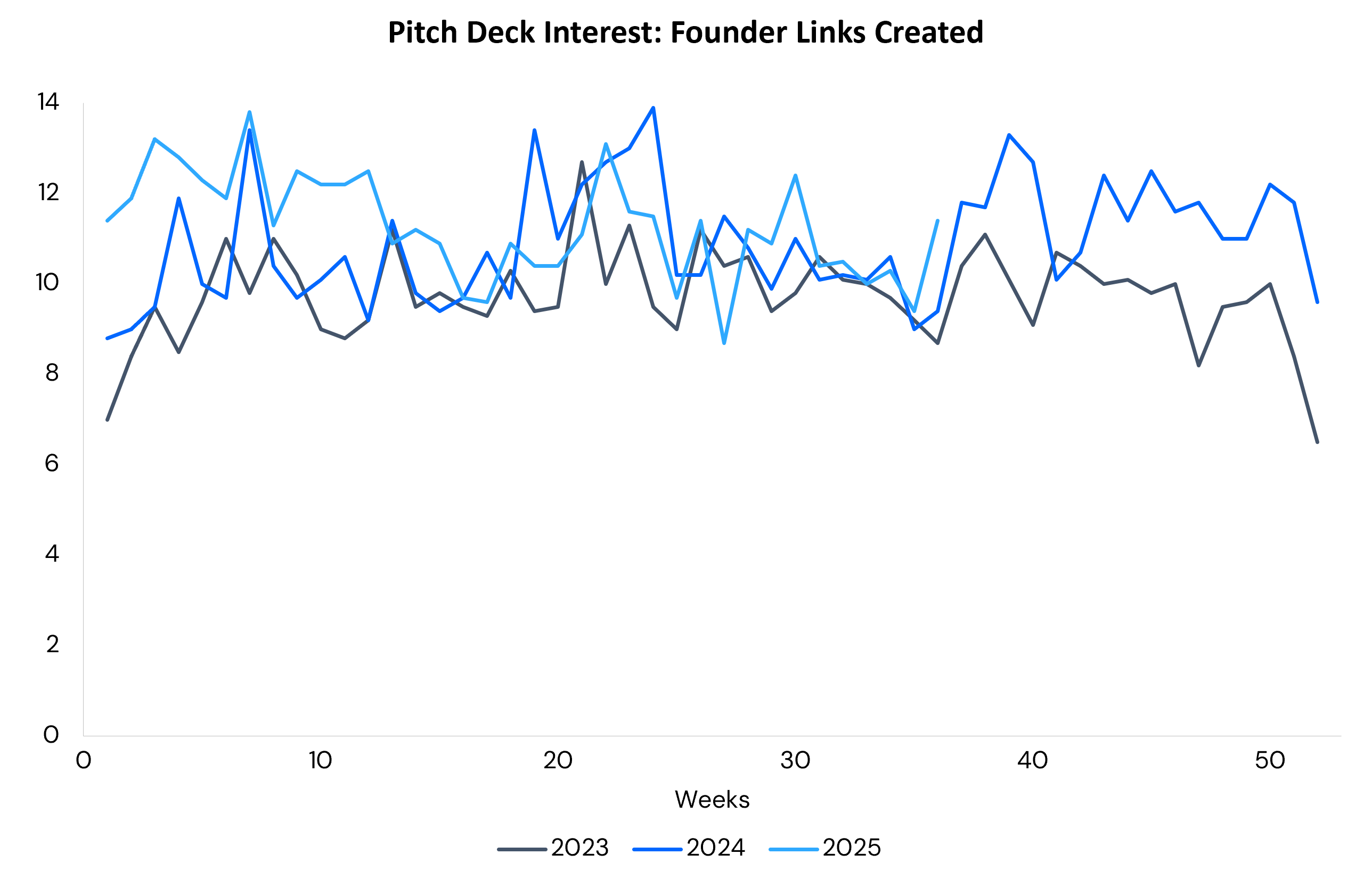
Lead with the evidence that matters most for your category. For many software companies that is revenue growth and retention. For applied AI it might be a benchmark or a distribution edge. Put decisive proof on page one. The same pitch-deck engagement data above defines three signals to watch: interactions per founder link, average time per deck, and founder links created per week. These indicators help you test messaging and prioritize follow-ups.
Do it inside FE Capital
Send tracked links so you can see opens and time on page. Performance insights show which subject lines, sentences, and slides correlate with replies. Update the asset, roll the change into the next sequence, and improve every week.
.png)
Step 5. Treat fundraising like a pipeline, not a fishing trip
High-performing founders track their raise as a pipeline. Every record has a fit score, last touch, status, objections, and next action. Each Friday you review reply rate, first-meeting rate, second-meeting rate, and how many investors engaged with your materials.
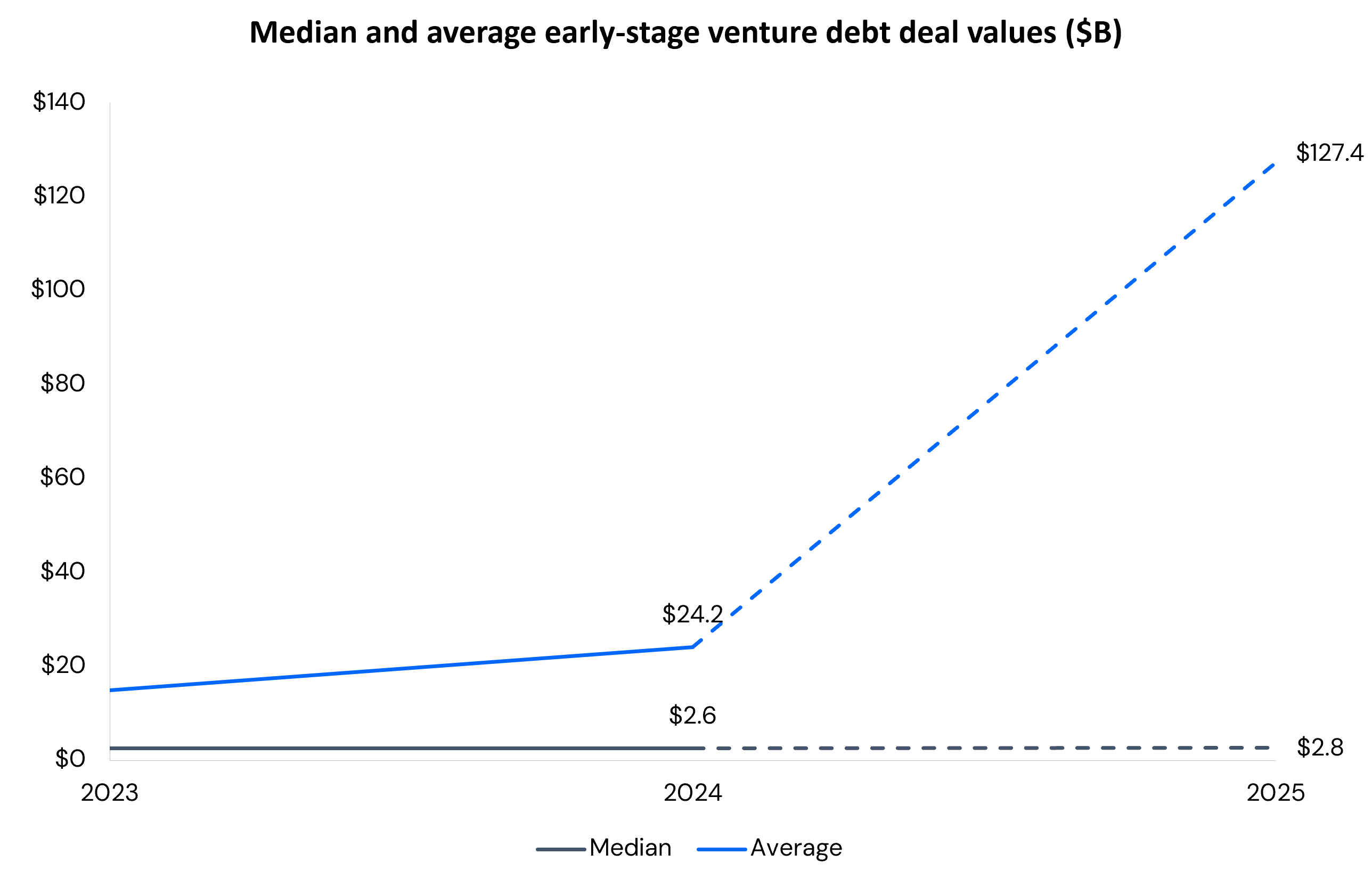
This discipline matches market behavior. The Q2 2025 Venture Monitor reports higher selectivity and stronger medians for companies that clear the filter, with concentrated investment power and slower graduation from seed to Series A than in the prior cycle. Focus on fit and momentum, not volume.
Do it inside FE Capital
This is the heartbeat of the platform. The investor CRM ties contacts, sequences, deck engagement, and replies into one timeline. Filter by fit or activity, assign next steps, and move deals forward. Fundability scoring gives a quick read on readiness and clear tasks to improve.
.png)
Step 6. Stage-by-stage nuance that improves results
Pre-seed and seed
Earliest stages remain selective relative to the 2021 cycle, and time to graduation from seed to Series A is longer. Yet median pre-money values have risen year over year in several early stages in Q2 2025, rewarding clear fit and efficiency.
Series A
Concentration among firms with dry powder increases the bar on metrics and narrative quality. Bring a clean metrics story, references, and a pipeline you can reference to move quickly when interest appears.
A two-week sprint you can run now
You can move from standing start to real conversations in two weeks if you run a focused sprint.
Week one
Day 1: lock the investor profile.
Day 2: build and enrich a list to at least fifty.
Day 3: write your base email and subject lines.
Day 4: send twenty to thirty first touches.
Day 5: follow up with early opens and clicks and adjust slide one if engagement is low.
Week two
Tighten the opener and deck. Add a ninety-second demo if asked repeatedly. Send a second batch midweek, then keep follow-ups short and scheduled. By the end of week two you should have a calendar of intros and a clean view of which proof points move your market.
Run it inside FE Capital
Matching fills the pipeline. Sequences go out on time. Engagement flows into a live timeline. You finish with meetings booked and a process you can repeat.
About FE Capital
FE Capital is a founder-first AI fundraising platform designed to streamline how companies raise capital.
With 50,000+ verified investors, AI-powered outreach, fundability scoring, and CRM-style deal tracking in one platform, FE Capital brings structure, speed, and clarity to your raise.
Whether you're testing investor interest or deep into your round, you'll get tools to:
- Find aligned investors fast
- Send tailored, reply-worthy outreach
- Understand and improve your fundability
Built to replace the guesswork with a real process, so founders can raise with confidence.
Get Funded or Sell Faster - Start for Free
Join free and start meeting investors today

.webp)


